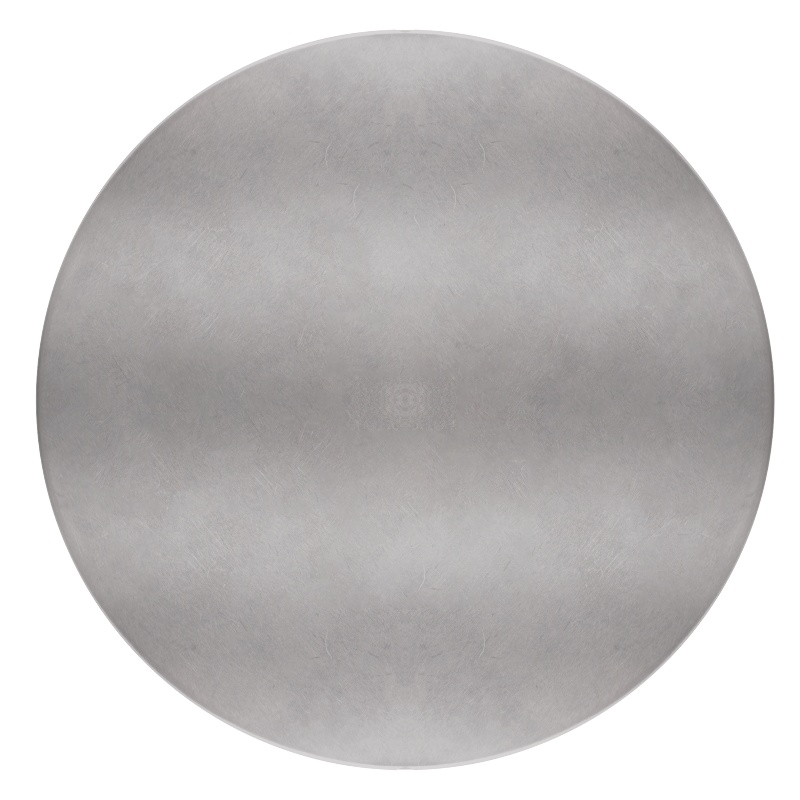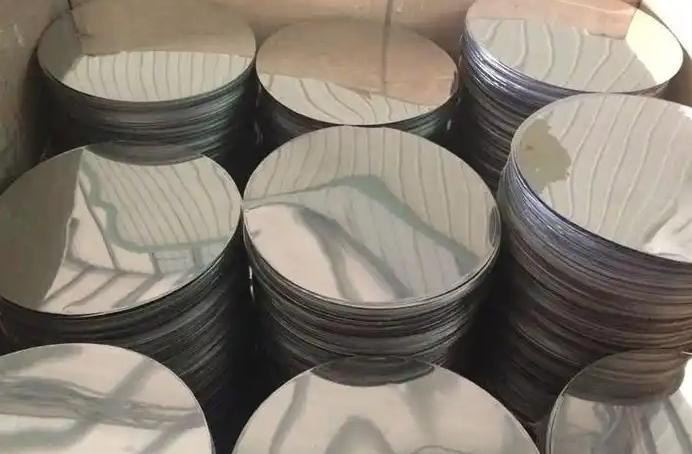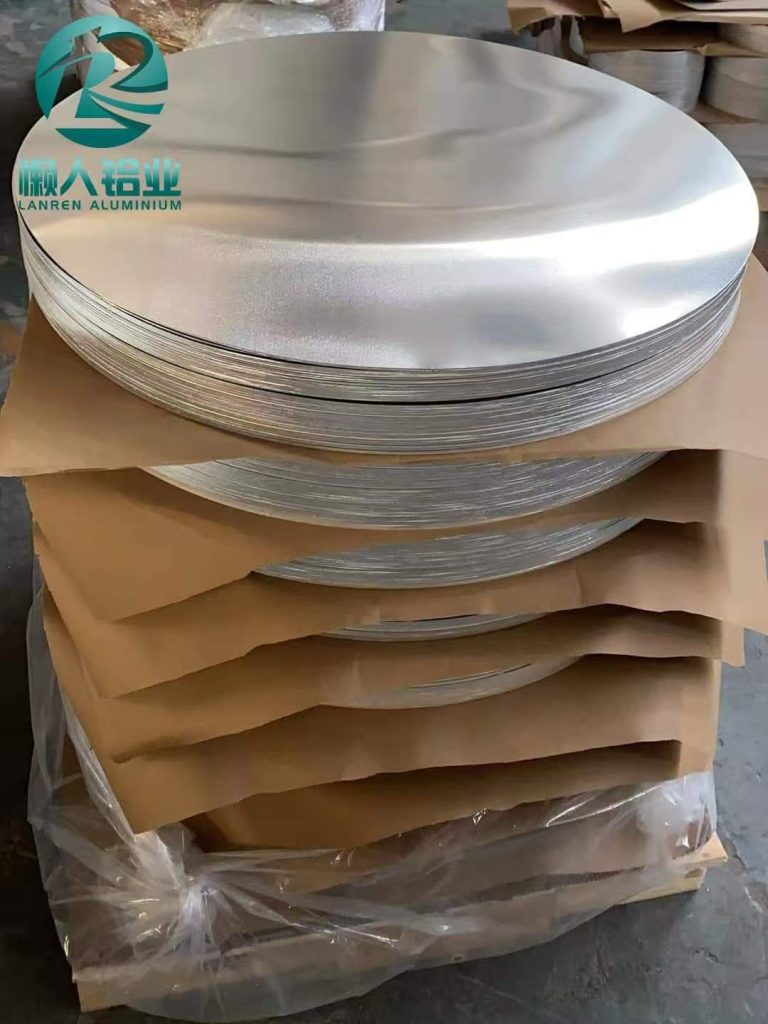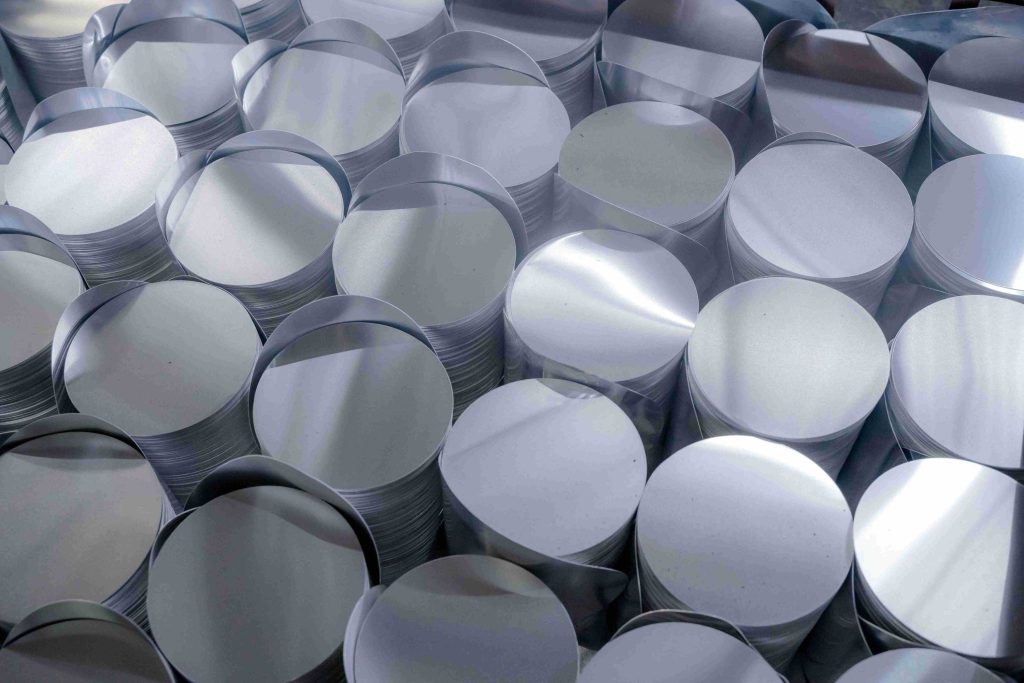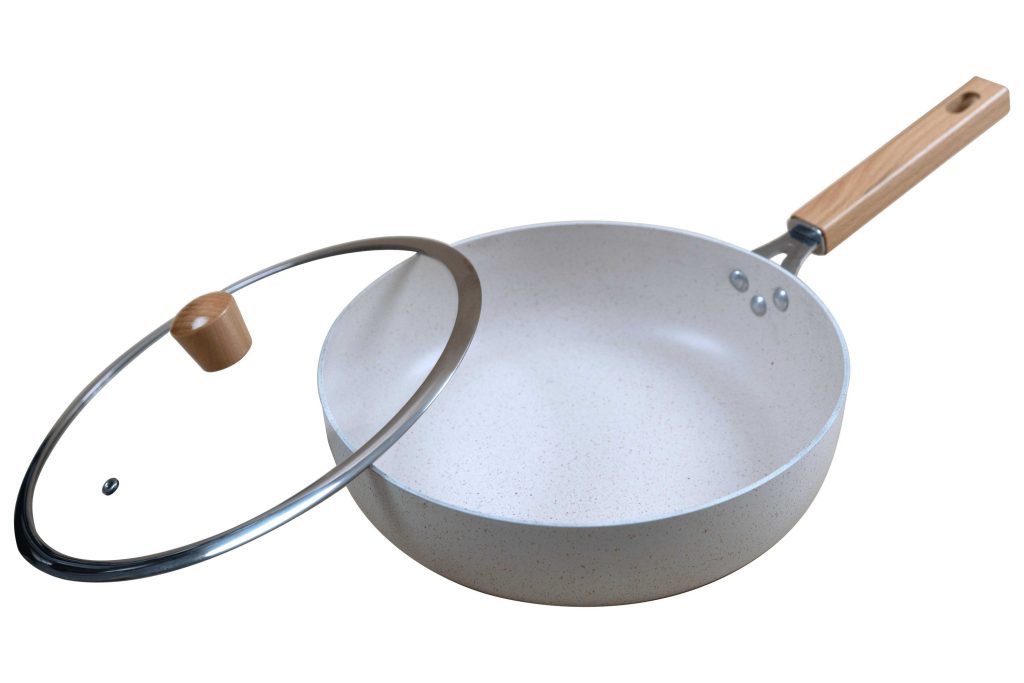Are Aluminum Pans Safe for Cooking?
Between the outdoor and indoor cooking industry, aluminum pans has dominated the cookware industry for decades and is usually the most popular choice by consumers for their weight, and fast and even heat conduction as well as being the most economically available option. An aluminum pan can be 1/3 the weight of a stainless steel pan and is significantly cheaper than the other alternatives like ceramic and cast iron.
Most of the consumer hesitation is attributed to the long lasting health debates like, can aluminum leach into food? Does long/short aluminum usage harm our health? Does aluminum exposure increase the likely hood of getting Alzheimer? This article aims to alleviate these misunderstandings of health risk to help consumers become more educated to make better choices.
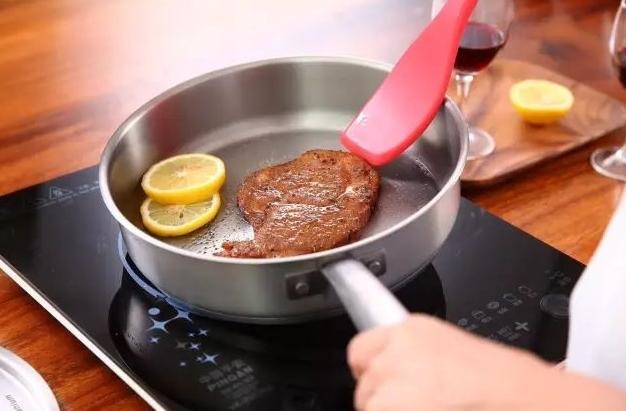
How Safe Are Aluminum Pans?
Aluminum’s Role and Safety Threshold
Aluminum is more than just the most abundant metallic element within the Earth’s crust, it is also a trace mineral that is vital to our health as we use it to build bones, cause nerve firings, and complete the work that our enzymes do. However, worst case scenario, we can receive excess health issues with as well. The World Health Organization has the Acceptable Daily Intake (ADI) set for aluminum at 1 mg/kg (ex. 60 mg/day for 60 kg adult). The average aluminum intake comes from the food and water that we consume— even the qualified aluminum pans (cookware) that is found in most households. Most qualified aluminum pans even release just 0.1-1 mg/kg which is a small amount when compared to the limits. The aluminum that we do intake is almost completely excreted from our bodies via our kidneys, but the chance of a build-up of aluminum is possible. This risk is more apparent when there is a case of chronic excessive intake, a situation with kidney failure, or chronic use of the aluminum pans which is not the case with most aluminum pans.
When Does Aluminum Leach?
Three key factors:
- Food pH: Acidic foods (tomatoes, vinegar) and alkaline foods (baking soda, beans) greatly increase leaching (up to 5-10x more in uncoated pans for acidic dishes), whereas neutral foods (rice, meat) have little to no effect.
- Temperature & time: Cooking over 150° C (searing, stir-frying) or storing food in pans for more than 24 hours will damage the oxide layer and leaching will increase.
- Coating condition: Coated pans (non-stick, hard anodized) prevent leaching, while deeply scratched or damaged pans have sharp increases in leaching.
Trustworthy Confirmation of Safety
Obtaining reliable aluminum cookware is safe with proper use is confirmed by the FDA, EFSA, and the National Center for Food Safety Risk Assessment in China. FDA guidelines approve aluminum as food contact safe; concerning Alzheimer’s disease, WHO and Alzheimer’s Association Alzheimer’s Association have concluded that there isn’t any evidence that suggests any causality in this relationship that eases concerns about aluminum cookware safe use. Safety is predicated upon “qualified products + proper use”; substandard pans may leach excess aluminum and while the quality pans do have problematic factors of prolonged cooking in acidic/alkaline environments, high-heat dry burning, or damaged coatings.
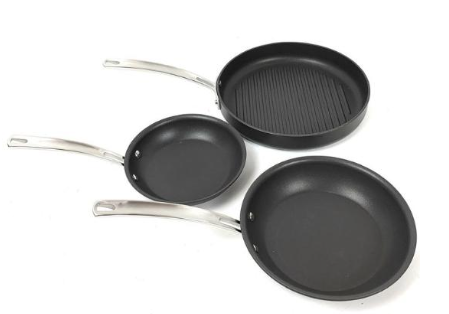
Potential Risk Scenarios to Stay Alert To
In general, aluminum pans should be considered safe, however, in the following three circumstances, aluminum leaching significantly increases and in one case, exceeds even the accepted safety limits:
(1) Cooking Highly Acidic/Alkaline Foods in Uncoated Aluminum Pans
All aluminum pans, even the uncoated ones, have a natural oxide coating which, while stable under most conditions, will deteriorate under prolonged exposure to acids. This is the case if, for long periods, one cooks foods such as tomatoes, vinegar and pickles or when one adds a lot of baking soda (which is alkaline) while boiling noodles. For example, one study concluded that boiling vinegar in an uncoated aluminum pan for 30 minutes will result in a food aluminum leaching of over 10 mg/kg. While this is still considered safe for a one-off intake, the long-term exposure is of greater concern, more so the long-term intake.
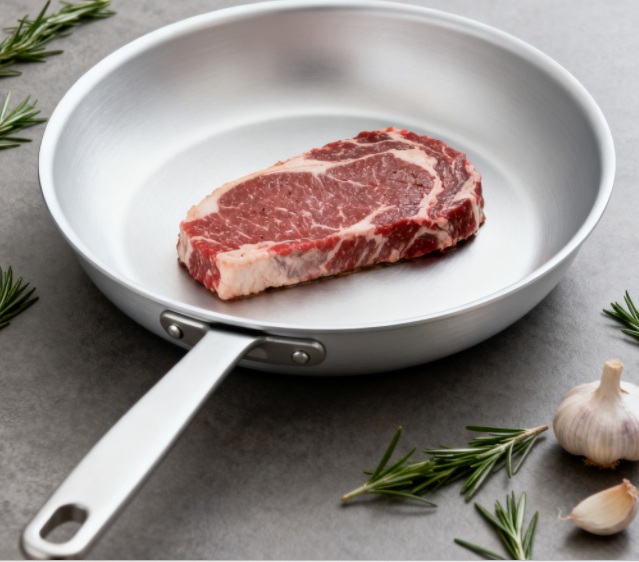
(2) Using Scratched/Damaged Coated Aluminum Pans
Most coatings are meant to act as a ‘safety barrier’ on aluminum coated cookware. If a coat of a pan is chipped or scratched out, aluminum is more likely to leach into the food, above all else, food that is left in a pan at an elevated temperature, or one that is extremely acidic or basic. It is especially necessary to be conscientious that damaged, or scratched pans can leach out potentially dangerous substances as well.
(3) Long-Term High-Temperature Dry Cooking or Food Storage in Aluminum Pans
There are downsides to the thermal resistivity of aluminum pans, as they will burn, and so will the coatings on aluminum pans. Dry heating pans, letting an empty pan get hot, or letting a stoking oil get to the point of smoking, will burn the pan and go ‘sour’, becoming worthless. If you let food coated in aluminum sit in the pan for more than twenty-four hours, especially food that is acidic, the aluminum will have an opportunity to seep into food, more so than if the food sat in a different pan’. Even coated pans that are left to sit for an extended period of time will experience dulling of the surface.
Practical Tips for Safe Use of Aluminum Pans
Avoiding risks and maximizing the advantages of using aluminum cookwear comes down to a few key criteria:Best Setup + Correct Usage of the Cookwear.
Here are 5 key takeaways:
Look For Well Insulated Cookwear
Look for heat anodized insulations or go for wells insulated nonstick grades. Cookwear that use heat anodized insulations are the best since the anodized oxide layers are thick and are corrosion resistant. This helps in reducing the amount of aluminum that can be leached. Nonstick grades are ideal as this helps in cooking with less oil. Make it a point to avoid using uncoated cookwear since that defeats the point of using well insulated aluminum cookwear.
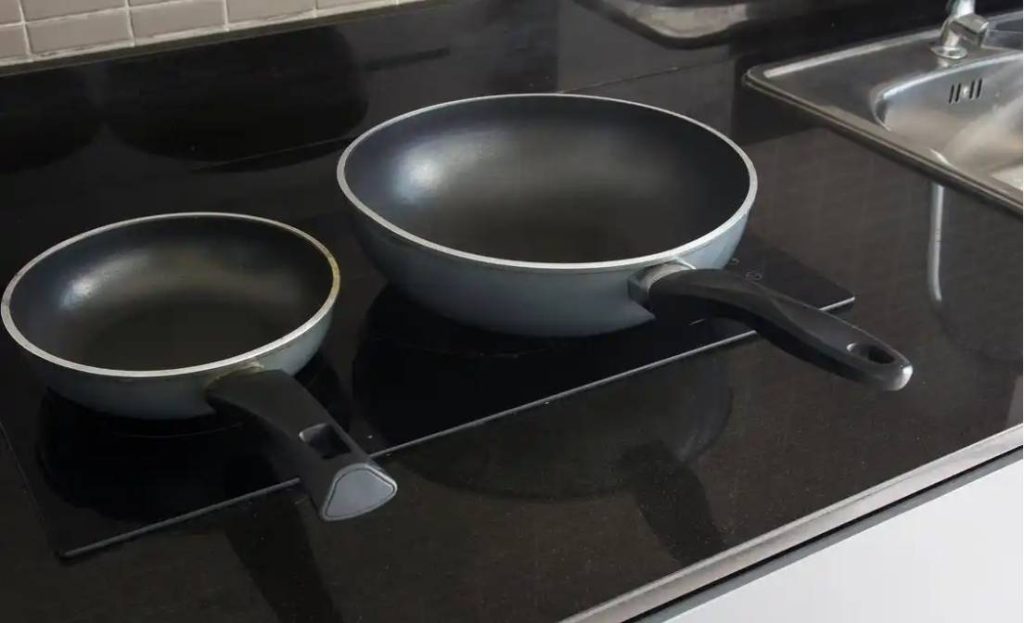
Don’t Store Acidic Food in Aluminum Pans for Long Periods of Time
If you’re using aluminum foil to cover food with high acidity for long travel times like tomatoes and vinegar, keep travel times to 30 min and respect excess food right afterwards – Don’t store it in long term. If it’s food with alkalines like baked good with soda, avoid aluminum foil all together and use other ceramics and stainlesss instead.
Use Soft Utensils to Prevent Coating Damage
When cooking with a coated pan, use soft utensils like silicone and wood, and never metal. Simple jerky motions and metal utensils will scratch the surface of the coating. So in other word, in those cases a soft sponge instead of a scouring pad is all it takes. If a coating gets cracked or peels, it’s time to replace it. Don’t keep cooking with it.
High-Temperature Dry Cooking Should be Avoided
Cooking with empty aluminum pans is not permitted. Keep your cooking oil tenperature below 150 degrees celcius, (until the oil is barely smoking). Use medium heat and try not to high-heat sear or stir-fry. It is not advisable to put aluminum pans into ovens or microwaves, as this surpasses the coatings and materials heat resitance limit.
Replace Aged/Damaged Pans Regularly
Aluminum pans typically last 3-5 years (shorter with frequent use). Replace them promptly if: coatings are scratched/peeling; the pan is deformed or thinned; obvious corrosion spots appear; or food sticks easily and is hard to clean. Regular replacement reduces health risks and ensures optimal cooking performance.
Summary
The benefits of aluminum pans being lightweight, inexpensive, and able to heat up quickly make them a great choice for daily cooking. “Health risks” tend to stem from things like using poor quality products or abuse (damaging coatings, cooking long-term burning, cooking long-term acidic foods, high-heat burning at a dry state). Guidelines for consumers and users would be to use branded and nationally standardized compliant aluminum pans with a coating, and to not use prolonged acidic or alkaline burning, and to use soft cooking utensils, and to not high-heat dry burn.
project.
Related Products

